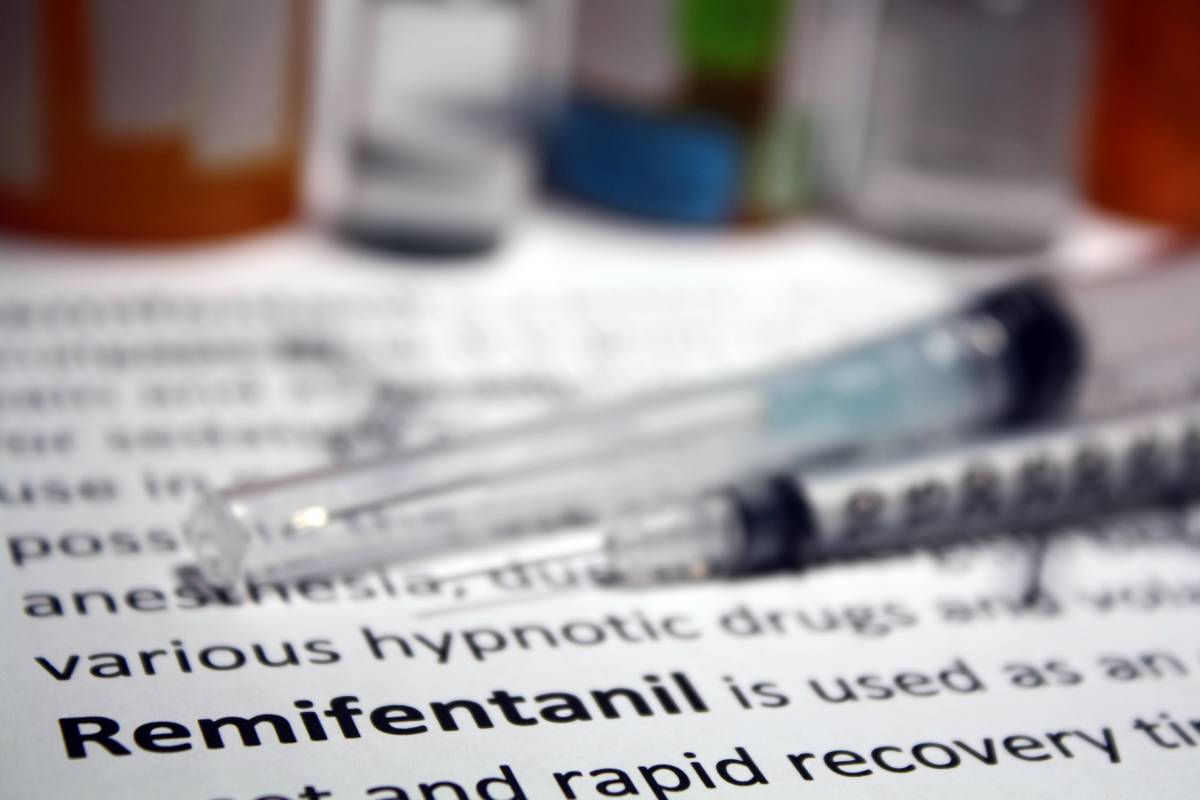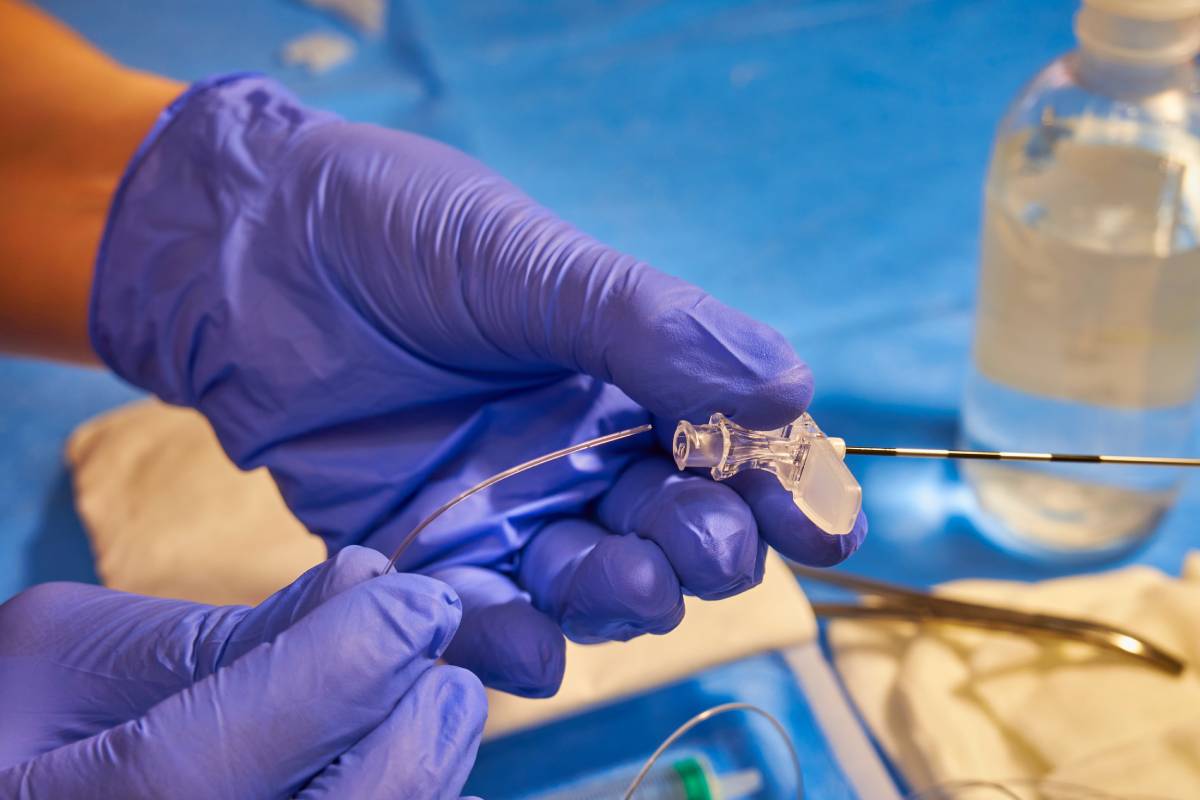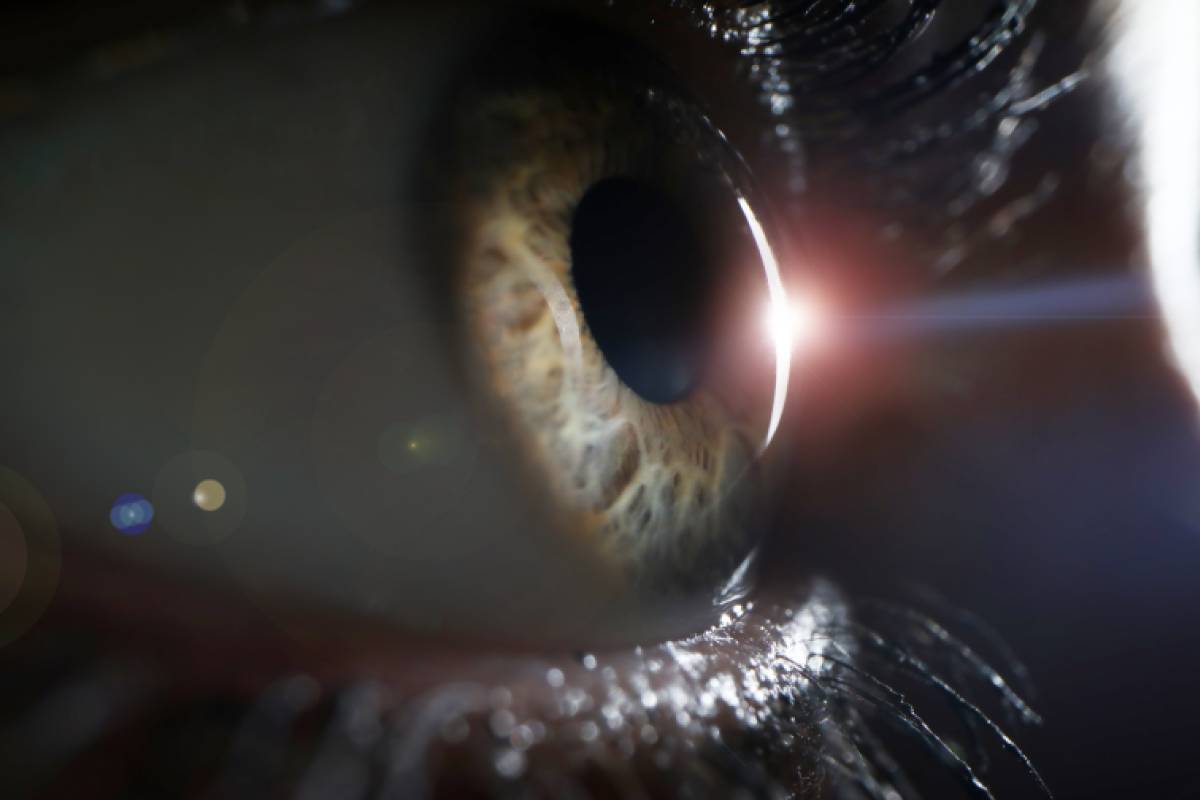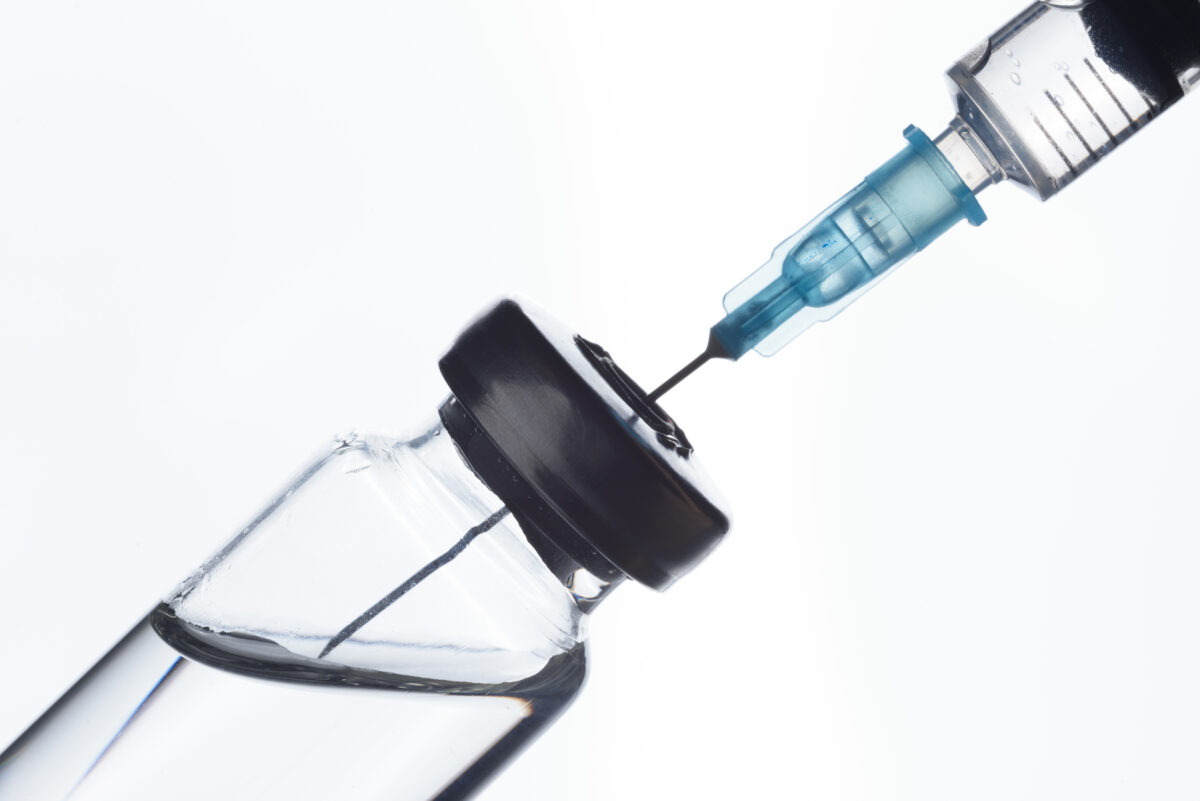Major depressive disorder is a serious psychiatric illness that results in functional impairment in many people. Many different treatments have been used through the years in an attempt to treat major depressive disorder. While monoaminergic antidepressants have effectively been used for many, these antidepressants are limited in that they have delayed onset of action and some patients are treatment resistant.
There has thus been a need to develop antidepressants with a novel target. To this end researchers have directed their attention to the glutamatergic system, especially ketamine, to treat depression, which has had some promising results but also conflicting data in the literature.
Ketamine, which can also be used in other psychiatric diagnoses (including suicidality, obsessive compulsive disorder, post-traumatic stress disorder, substance abuse, and social anxiety disorder 1), despite being initially developed as an anesthetic, has been found to have antidepressant effects at sub-anesthetic doses. Its mechanism of action is via N-Methyl-D-aspartic acid (NMDA) receptor blockade as well as NMDA receptor- independent pathways 2. However, the scientific data on the efficacy of ketamine for depression is conflicting.
A recent review identified the clinical evidence regarding single-dose intravenous administration of (R,S)-ketamine as well as intranasal administration of the S-enantiomer, esketamine, only to treat depression 1. Initial studies demonstrated that a single subanesthetic-dose intravenous ketamine infusion rapidly, within a day, improved depressive symptoms in individuals with major depressive disorder and bipolar depression, and that antidepressant effects lasted three to seven days.
Several open-label and saline-control studies of treatment-resistant depression have demonstrated a greater antidepressant response with multiple doses compared to a single dose of ketamine. Studies have been subsequently carried out to specifically elucidate the best ketamine administration regimen to treat depression. Data from a study comparing the efficacy and safety of single versus six repeated ketamine using midazolam as active placebo found that repeated infusions were relatively well-tolerated, and that repeated ketamine showed greater effects on depression to midazolam following five infusions, but fell short of significance when compared to add-on single ketamine to midazolam at the end of two weeks 3. In other words, multiple infusions of ketamine were not significantly different than midazolam plus one infusion of ketamine, casting some doubt on the need for repeated infusions.
Despite limited data, the side effects resulting from antidepressant doses of ketamine—including dissociative symptoms, hypertension, and confusion/agitation—appear tolerable and limited to approximately the time of treatment 1. Additional research has confirmed that repeated ketamine infusions significantly decrease depression symptoms without impacting cognitive performance 4. However, relatively little remains known about ketamine’s longer-term effects, including increased risks of abuse and/or dependence 1. The long-term safety of ketamine use needs to be taken into consideration as ketamine has abuse potential and is associated with psychological side effects such as dissociative or psychotomimetic effects.
Additional research remains to be performed in order to properly elucidate the evidence in support of or against the use of ketamine in depression, as well as what the most effective and safe protocol is. Increasing knowledge on the mechanism of ketamine should drive future studies on the optimal balance of dosing ketamine for maximum antidepressant efficacy with minimum exposure. Understanding why some studies have found promising results in treating depression with ketamine while others have found disappointing results is also critical, as conflicting data holds back the successful development of therapeutics. Studying ketamine use in greater depth also has the potential to transform our understanding of the mechanisms underlying mood disorders.
References
1. Yavi, M., Lee, H., Henter, I. D., Park, L. T. & Carlos A. Zarate, J. Ketamine treatment for depression: a review. Discov. Ment. Heal. 2, 9 (2022). doi: 10.1007/s44192-022-00012-3.
2. Shin, C. & Kim, Y. K. Ketamine in Major Depressive Disorder: Mechanisms and Future Perspectives. Psychiatry Investig. 17, 181 (2020). doi: 10.30773/pi.2019.0236
3. Shiroma, P. R. et al. A randomized, double-blind, active placebo-controlled study of efficacy, safety, and durability of repeated vs single subanesthetic ketamine for treatment-resistant depression. Transl. Psychiatry 2020 101 10, 1–9 (2020). doi: 10.1038/s41398-020-00897-0
4. Dai, D. et al. Neurocognitive effects of repeated ketamine infusion treatments in patients with treatment resistant depression: a retrospective chart review. BMC Psychiatry 22, 1–8 (2022). doi: 10.1186/s12888-022-03789-3.









